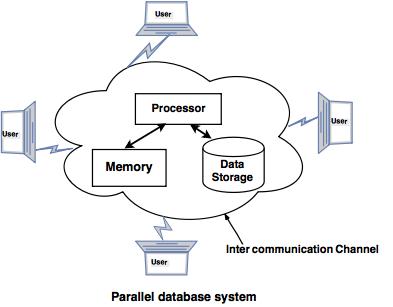Parallel Databases Tutorial
Parallel Databases improve system performance by using multiple resources and operations parallely
Parallel Databases Tutorial
Learn the concepts of Parallel Databases with this easy and complete Parallel Databases Tutorial. This tutorial discusses the concept, architecture, techniques of Parallel databases with examples and diagrams. Beginners, freshers, BE, BTech, MCA, college students will find it useful to develop notes, for exam preparation, solve lab questions, assignments and viva questions. Who is this Distributed Databases Tutorial designed for?
This tutorial is specially designed for beginners who want to learn, practice and improve their Database Management skills. What do I need to know to begin with?
Parallel Databases is a sub-system of DBMS. A good knowledge of DBMS is very important before you take a plunge into this topic. Parallel Databases syllabus covered in this tutorial
This tutorial covers, Performance Parameters, Parallel Database Architecture, Evaluation of Parallel Query, Virtualization
Introduction to Parallel Databases
Companies need to handle huge amount of data with high data transfer rate. The client server and centralized system is not much efficient. The need to improve the efficiency gave birth to the concept of Parallel Databases.
Parallel database system improves performance of data processing using multiple resources in parallel, like multiple CPU and disks are used parallely.
It also performs many parallelization operations like, data loading and query processing.
Goals of Parallel Databases
The concept of Parallel Database was built with a goal to:
Improve performance:
The performance of the system can be improved by connecting multiple CPU and disks in parallel. Many small processors can also be connected in parallel.
Improve availability of data:
Data can be copied to multiple locations to improve the availability of data.
For example: if a module contains a relation (table in database) which is unavailable then it is important to make it available from another module.
Improve reliability:
Reliability of system is improved with completeness, accuracy and availability of data.
Provide distributed access of data:
Companies having many branches in multiple cities can access data with the help of parallel database system.

